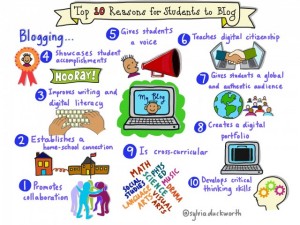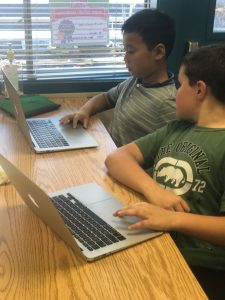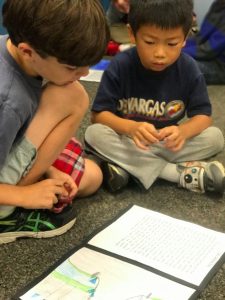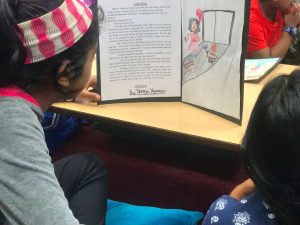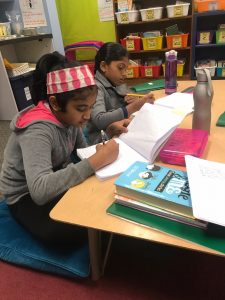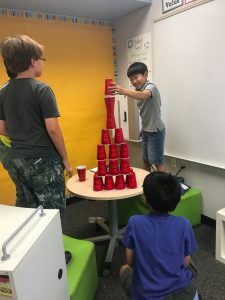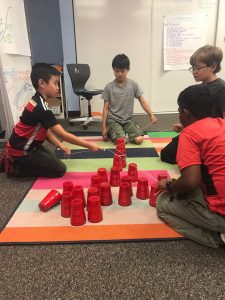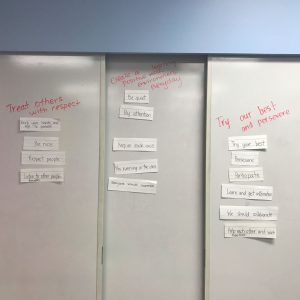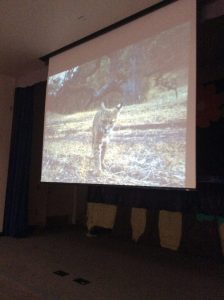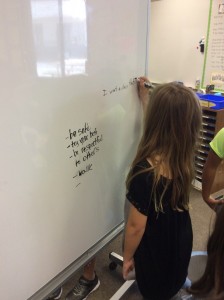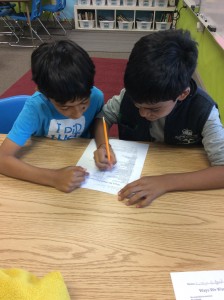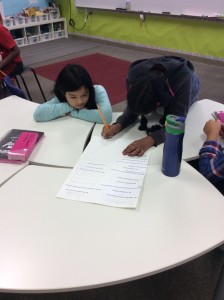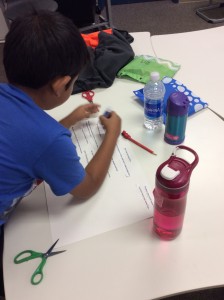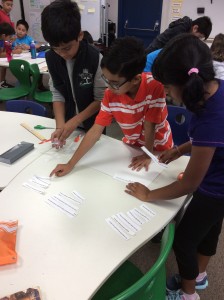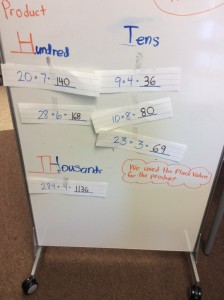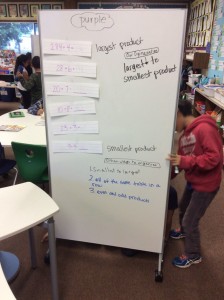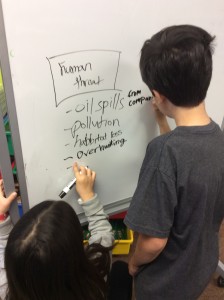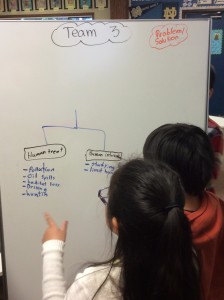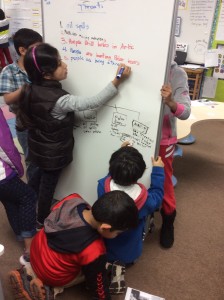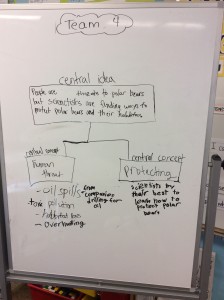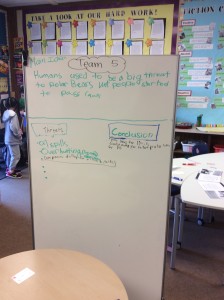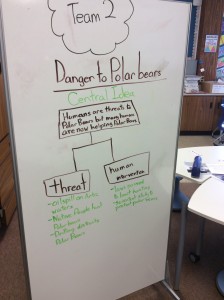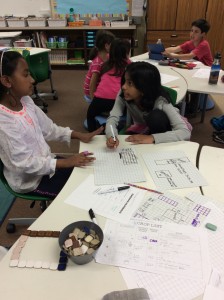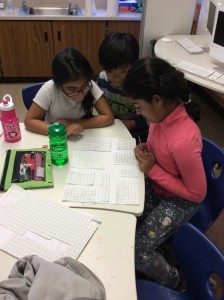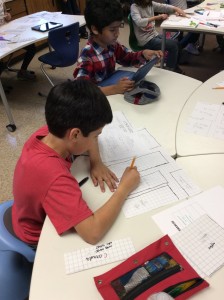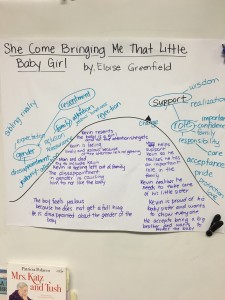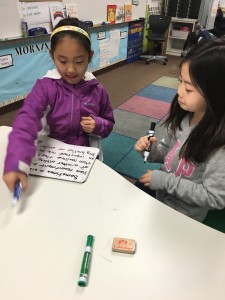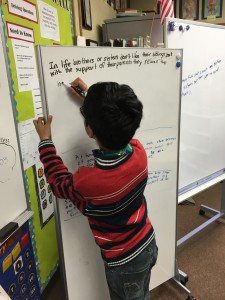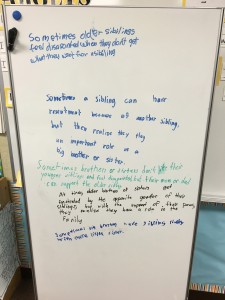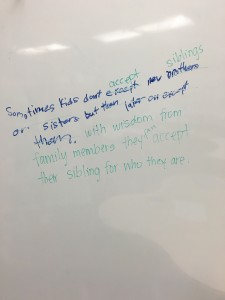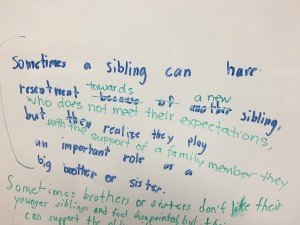On Thursday, before break, we celebrated Valentine’s Day a little early. Every year I give each of my students a box of Conversation Hearts and have them add up how many of each color they have and create a graph. After that, I lead them in figuring out the sum of all the hearts in the entire class.
We have been moving to more Project Based Learning here at DeVargas and I knew that I needed to do less of the decision making and give that ownership over to the students. So I simply posed them with this question:
Can we figure out how many candy hearts we have all together?
The students immediately said they could but I urged them to develop a list of “Need to Knows,” in order to solve this problem. Here is our list:
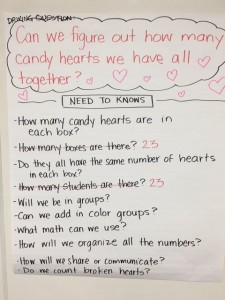
We were able to answer two right away. So I noted these on the side and checked the “need to know,” to indicate we know the answer to this. But there was still a lot to figure out before we could find the answer.
To help stay organized I gave the kids a recording sheet that simply had them write down how many hearts they had.

They kids happily started dumping their boxes and counting.
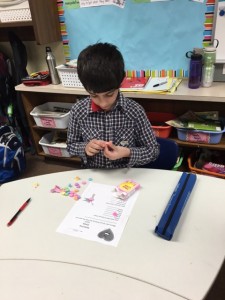

The kids soon started talking to neighbors and asking for their totals to try to add up everyone’s in the class. At this point I stopped the class and directed them back to their list.

We know knew there were 23 boxes but each box did not have the same amount. I pointed to the line that said, “How will we share or communicate,” and asked them what they thought. Some said go ask everyone, but we quickly realized that everyone would be working very hard and it would be confusing. “How can we make it easier” and referring to their chart, “how can we organize all the numbers.” One student suggested writing it on the board for everyone to see. Another student added that we should figure out the group totals and then just add the total for the group on the board. Some students just wanted to add the total hearts while others were curious to find out the total for each color in addition to the heart total. After a vote, the class chose to find both the total for each color and the total for all the hearts. I then created this chart on the board:
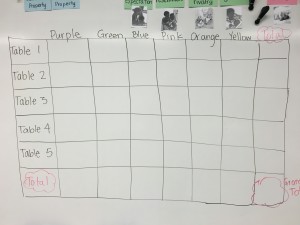
The kids came up and added their totals to the list. Meanwhile kids started feverishly adding totals.



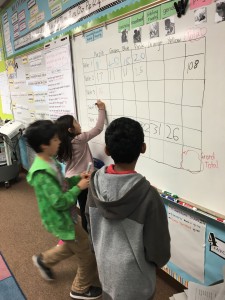
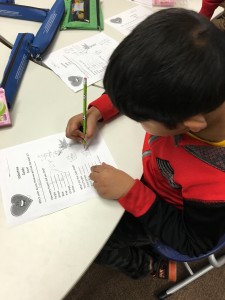
So now we had all our “Need to Knows,” covered and they were ready to start solving. The kids decided that there was no need for everyone to add up every column so they each picked one color to add up. As the kids totaled each color up they wrote it at the bottom:

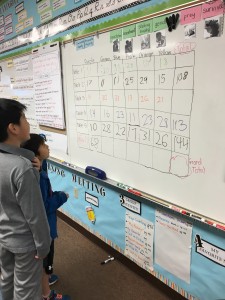
Now all the kids had to do was add up each color total and they would find the answer! Easy right?
The kids excitedly added up each color total and started calling out totals as they wrote them in each column:

At this point, we gathered as a class and added each column and row together. Together, we found a few mistakes in the chart that we were able to correct.
In the end, we found out that we had 601 candy hearts in class. It was such a fun way to spend an hour. I am so glad I gave ownership to the children. They were able to organize themselves efficiently and work toward a common goal and eat some yummy candy while doing it!

Hope you are having a wonderful break!
